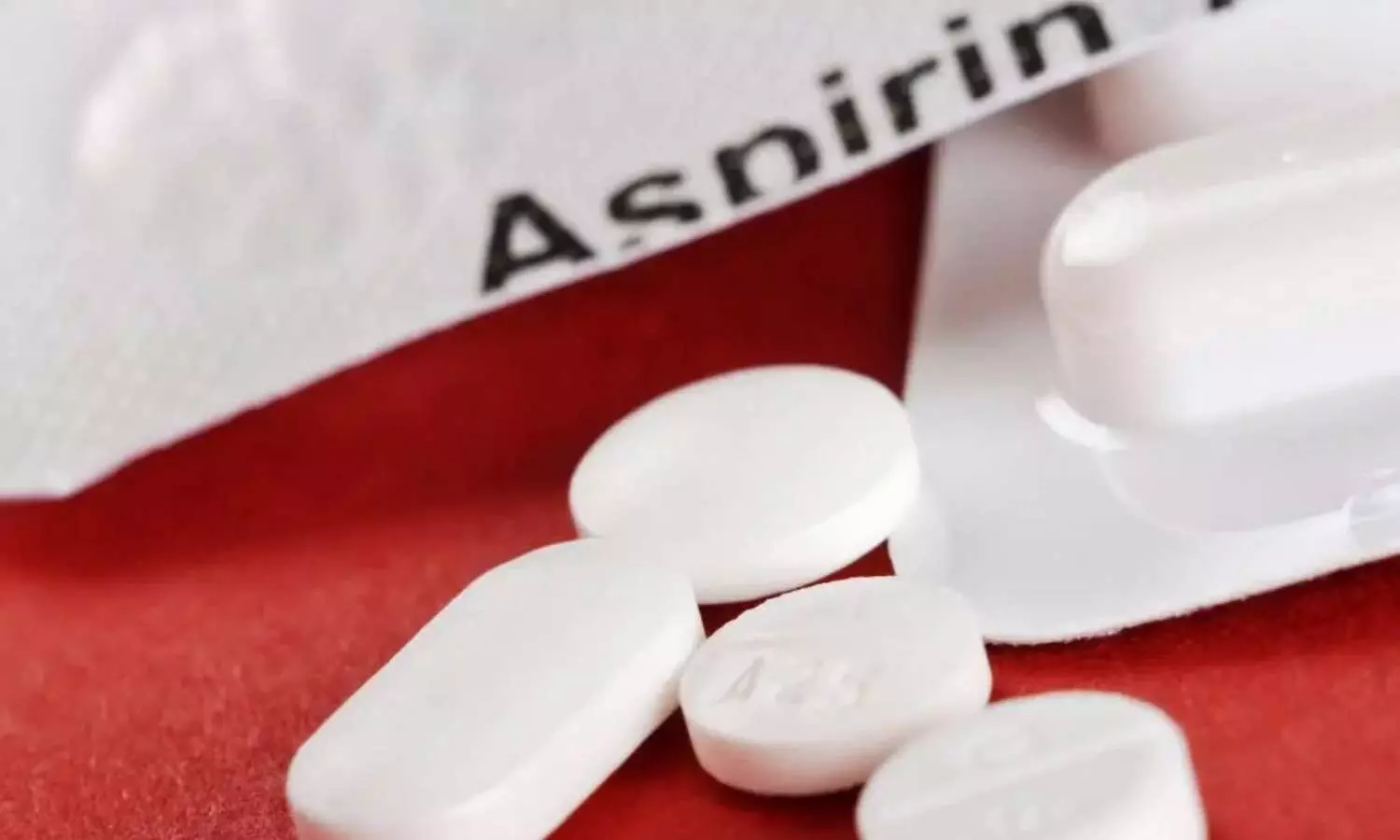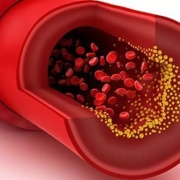
Blood pressure in adult men increased in a linear relationship with both higher childhood BMI (at age 8 years) and greater BMI change during puberty (BMI at 20 years minus childhood BMI), independent of each other, according to results of a Swedish population-based study.
In women, blood pressure in middle age increased in linear association with greater pubertal BMI change, but not childhood BMI.
“Our results suggest that preventing overweight and obesity beginning in childhood matters when it comes to achieving healthy blood pressure in later life”, says lead author Dr Lina Lilja from the University of Gothenburg in Sweden. “Children and teenagers living with overweight or obesity might benefit from targeted initiatives and lifestyle modifications to reduce the substantial disease burden associated with high blood pressure in later life from diseases such as heart attacks, strokes, and kidney damage.”
Children and teenagers living with overweight or obesity are more likely to have high blood pressure as adults (aged 50-64 years), suggesting the processes behind the condition could begin as early as childhood, suggests the new research being presented at this year’s European Congress on Obesity (ECO) in Venice, Italy (12-15 May).
Hypertension (persistent high blood pressure) is an important public health challenge worldwide because of its high prevalence and the associated risk of cardiovascular disease. WHO estimates that 1.28 billion adults aged 30-79 years are living with hypertension around the world . High blood pressure is the main cause of heart attacks, strokes, and chronic kidney disease, and is one of the most preventable and treatable causes of premature deaths worldwide. Modifiable risk factors include unhealthy diets, physical inactivity, and being overweight or obese.
A high BMI in adults is strongly associated with increased blood pressure and hypertension. However, the relative contribution of an elevated BMI during childhood and puberty to blood pressure in midlife is unknown.
To find out more, researchers analyzed data on 1,683 individuals (858 men and 825 women) born between 1948 and 1968 who were involved in two population-based cohorts-both the BMI Epidemiology Study Gothenburg (BEST) cohort and the Swedish CArdioPulmonary bioImage Study (SCAPIS)-to examine the association between BMI during development and systolic and diastolic blood pressure in midlife (50-64 years of age).
The researchers measured the developmental BMI of participants from the BEST Gothenburg cohort using school health care records (at the age of 7 to 8 years) and for young adult age (at age 18 to 20) from school health care or medical examinations on enrolment in the military which was mandatory for young men until 2010. Information on blood pressure in midlife (at age 50-64 years) was taken from participants in the SCAPIS study who were not on medication for high blood pressure at the time of blood pressure measurement. All analyses were adjusted for birth year.
The researchers used standard deviation, a commonly used statistical tool that shows what is within a normal range compared to the average.
In analyses including both childhood BMI and the pubertal BMI change in the same model, results showed that for men, an increase of one BMI unit from the average BMI in childhood (BMI 15.6kg/m2) was associated with a 1.30 mmHg increase in systolic blood pressure and a 0.75 mmHg increase in diastolic blood pressure, independent of each other.
Similarly, a one BMI unit increase from the average pubertal BMI (equivalent to an average pubertal BMI change of 5.4kg/m2) in men was associated with a 1.03 mmHg increase in systolic blood pressure and a 0.53 mmHg increase in diastolic blood pressure in middle age, independent of each other.
In women, a one BMI unit increase in pubertal BMI was associated with a 0.96 mmHg increase in systolic blood pressure and a 0.77 mmHg increase in diastolic blood pressure in middle age, irrespective of childhood BMI. In contrast, childhood BMI was not linked with systolic or diastolic blood pressure in midlife, irrespective of the pubertal BMI change.
“Although the differences in blood pressure are not very large, if blood pressure is slightly elevated over many years, it can damage blood vessels and lead to cardiovascular and kidney disease”, explains co-author Dr Jenny Kindblom from Sahlgrenska University Hospital i Sweden. “Our findings indicate that high blood pressure may originate in early life. Excessive fat mass induces chronic low-grade inflammation and endothelial dysfunction [impaired functioning of the lining of the blood vessels] already in childhood. Higher amounts of visceral abdominal fat increase the risk of developing hypertension in adults. We have previously shown that a large pubertal BMI change in men is associated with visceral obesity [fat around the internal organs] at a young adult age. So enlarged visceral fat mass might, in individuals with a high BMI increase during puberty, be a possible mechanism contributing to higher blood pressure.”
She adds, “This study is important given the rising tide of obesity among children and teens. We must turn the focus from high blood pressure in adults to include people in younger age groups.”
The authors note that the results are from observational findings, so more studies are needed to understand whether there are specific ages in childhood and/or adolescence when BMI is particularly important to blood pressure in adulthood. They also point to some limitations, including that a definite cause-and-effect link between BMI and high blood pressure cannot be determined in this type of population-based study; blood pressure was measured at a single point in time; the analyses were unable to account for the influence of other known risk factors such as diet and physical activity which could have influenced the results; and because most of the study participants were white, the results may not be generalizable to people from other racial or ethnic groups.
High blood pressure is defined as a systolic blood pressure (SBP) at or above 140mmHg or diastolic blood pressure (DBP) at or above 90mmHg.
Reference:
Study suggests high blood pressure could begin in childhood, European Association for the Study of Obesity, Meeting: European Congress on Obesity (ECO2024).




















